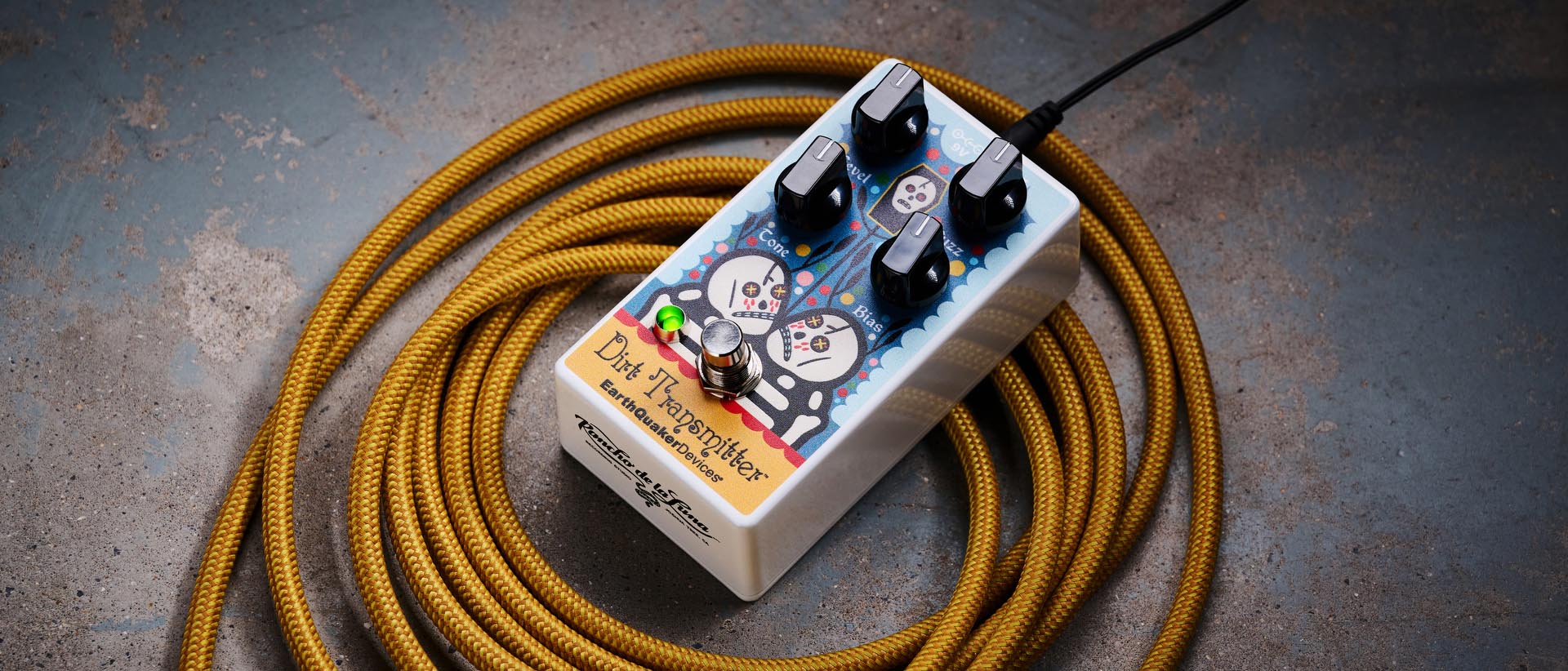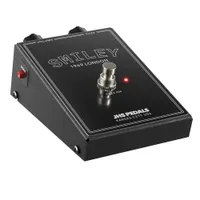MusicRadar Verdict
If you're looking for an intelligently modified take on the beloved Fuzz Face, which offers enhanced usability and sonic shaping, the Dirt Transmitter is a superb choice. Especially in this limited-edition livery - dripping with California cool, and paying homage to a famed studio.
Pros
- +
The sounds are classic, the functionality is modern.
- +
The clean-up from the guitar volume control is superb.
- +
The price is sensible, considering this is a hand-made, limited-run fuzz.
Cons
- -
It's a limited run, so you might have to hurry if you want one.
MusicRadar's got your back
What is it?
Sometimes, a pedal builder will be fortunate enough to design something early in their career, which gets them noticed and becomes a lasting favourite – a springboard for further success.
For Akron, Ohio's EarthQuaker Devices, that was the Dirt Transmitter, a fuzz pedal culminating in a modified and enhanced take on the classic Fuzz Face circuit.
EarthQuaker founder Jamie Stillman released the Dirt Transmitter almost two decades ago, and it has ducked in and out of the company line-up a couple of times since – its most recent (limited) reissue was in 2024, housed in a larger enclosure like the 2008 original.
Now though, the circuit makes another return, limited to 1600 units worldwide – and this time, it’s a tie-in with the recording studio Rancho de la Luna, of Joshua Tree, California.
This latest reissue came about when Stillman participated in an album to mark Rancho’s 30th anniversary in 2023. He leant heavily on the Dirt Transmitter for his guitar sounds, and the fuzz pedal found favour with producer Dave Catching. So now, we’ve a Dirt Transmitter reissue in a standard-sized case, adorned with the studio’s logo.
Specs

- Price: £189/$179/€219
- Type: Silicon fuzz pedal
- Made: USA
- Controls: Level, Fuzz, Tone, Bias, on/off footswitch (hold for momentary engagement)
- Connectivity: 1/4" jacks - In, Out
- Bypass: True bypass, relay-based
- Power: 9v DC, 3mA
- Dimensions: 64 x 121 x 57 mm
- Options: N/A
- Contact: EarthQuaker Devices
Build quality
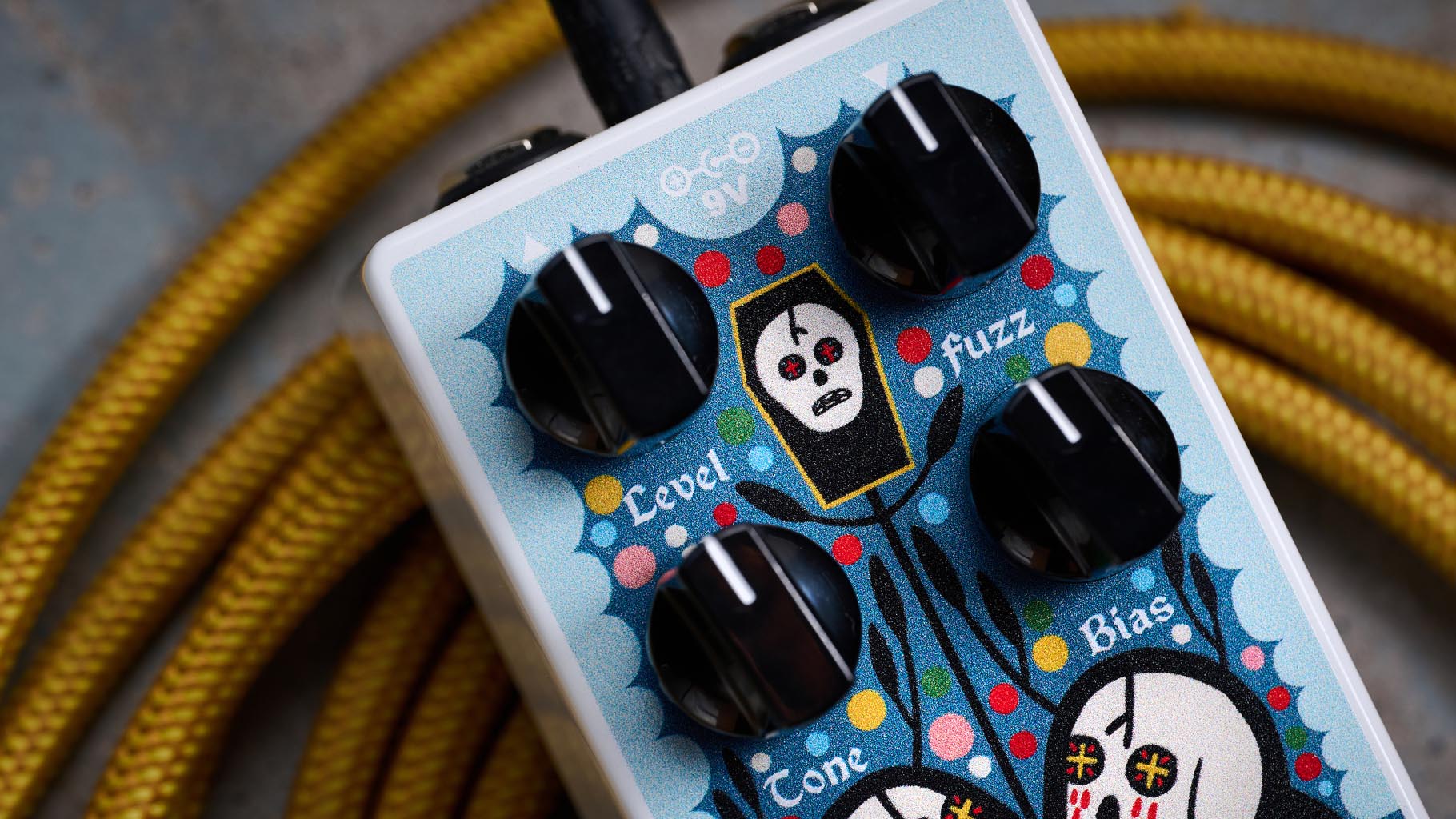
Build quality rating: ★★★★½
The custom artwork, with its bright colour palette inspired by the studio and its Californian desert surroundings, certainly makes the pedal distinctive but the build and finishing is of EarthQuaker’s customary quality too.
Want all the hottest music and gear news, reviews, deals, features and more, direct to your inbox? Sign up here.
Pots turn smoothly, and the soft-touch footswitch hides an extra function - press it and it latches, but hold it down for momentary switching.
Usability
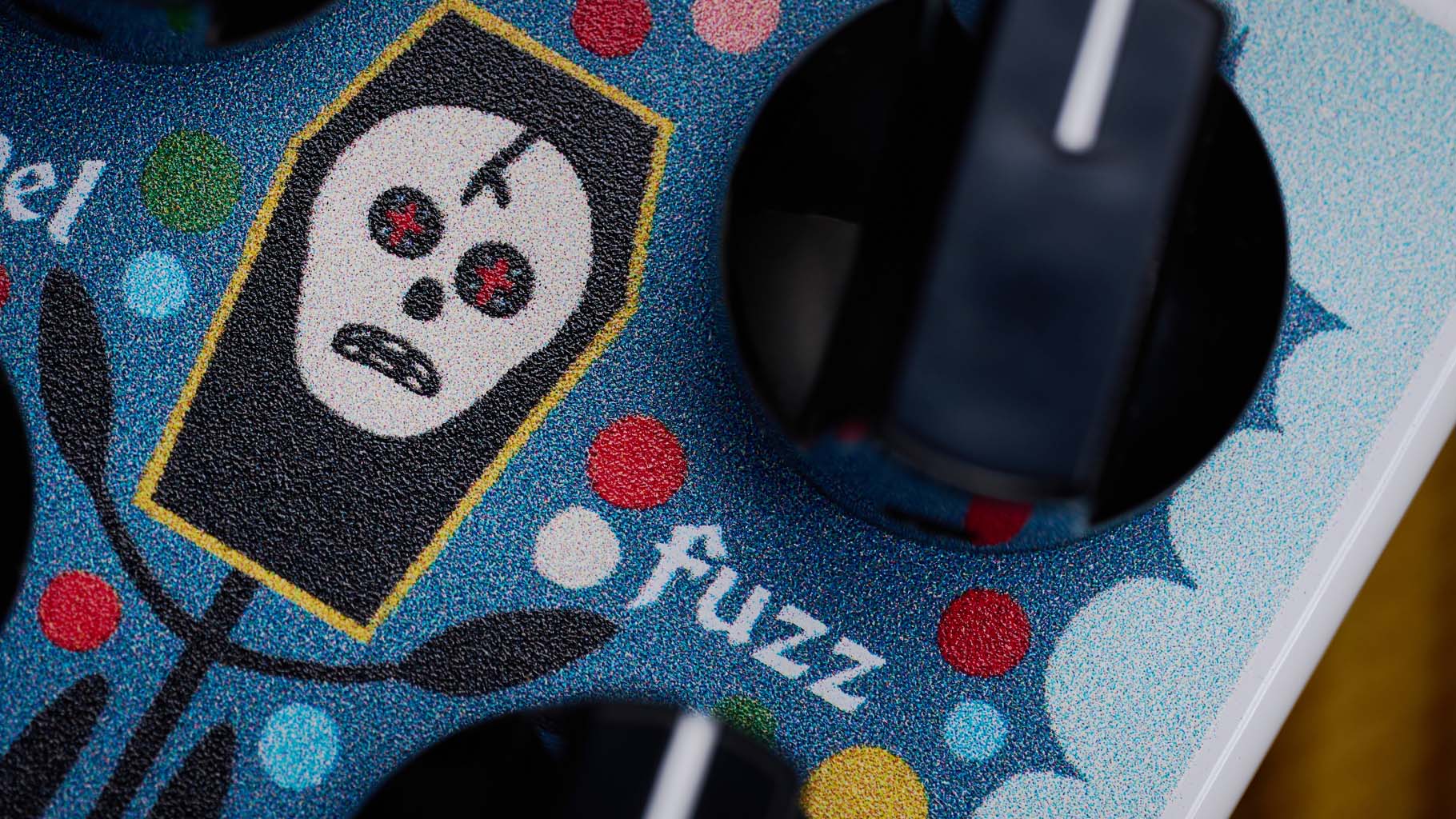
Usability rating: ★★★★★
As a silicon fuzz, it isn't so picky about signal chain placement as germanium might be – but it's still traditional to put it first in the chain
The Dirt Transmitter uses “unique silicon transistors… lower gain… warmth similar to germanium transistors when overdriven”.
At its core, it’s Fuzz Face-derived, with a couple of extra controls – the usual Level and Fuzz, joined by Tone, to allow some degree of EQ shaping, and Bias, to adjust the voltage fed to the transistors.
As a silicon fuzz, it isn't so picky about signal chain placement as germanium might be – but it's still traditional to put it first in the chain, with isolated power. I plugged it in thus, with a guitar on one end and the first channel of my Fender Deluxe Reverb reissue on the other.
(Instrument-wise, I used my Telecaster and SG Junior, as well as a humbucker-equipped Flying V.)
Sounds
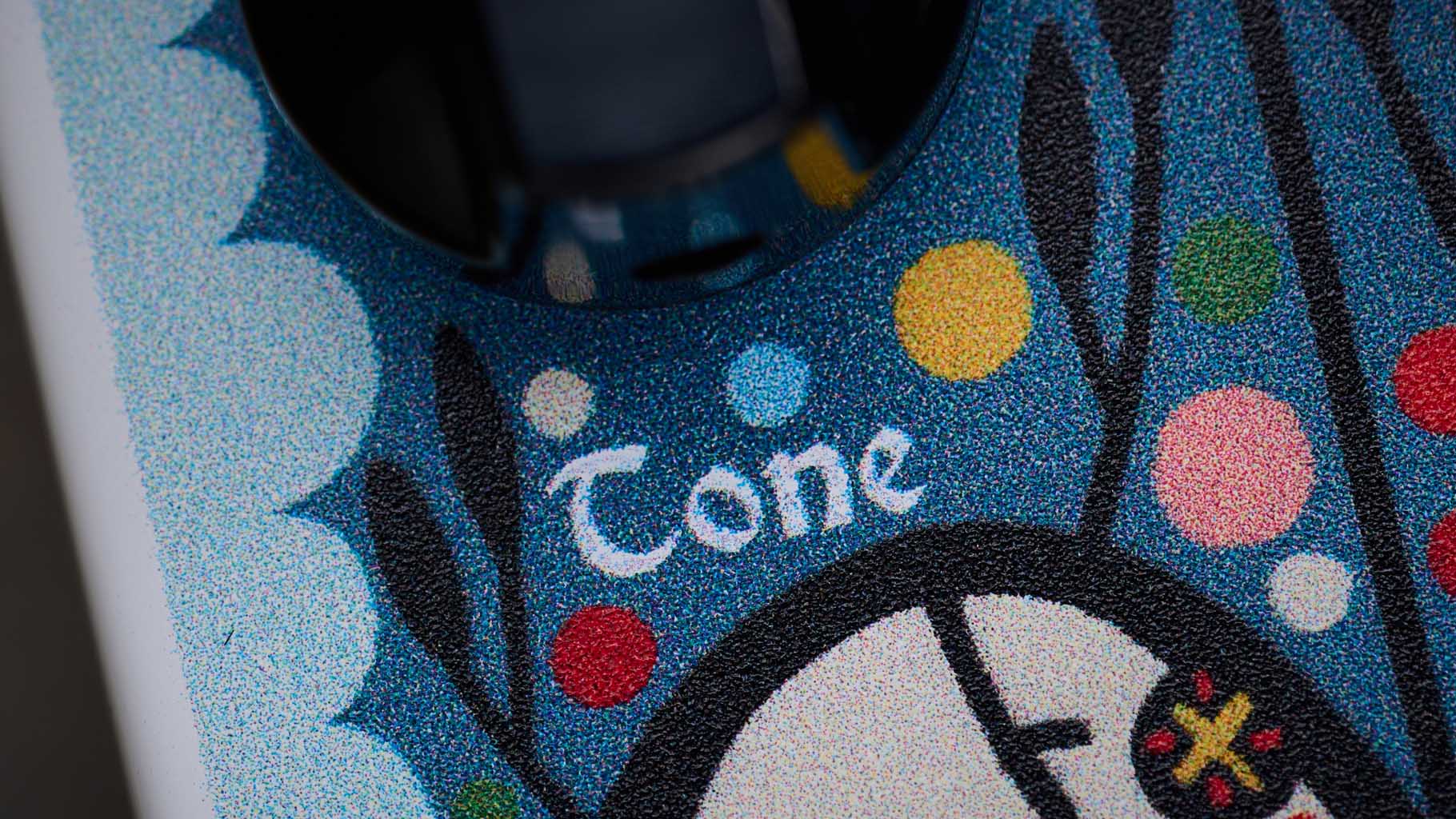
Sounds rating: ★★★★★
First, a major quality-of-life matter for many fuzz users (it’s far from a given on vintage-inspired circuits) - there's more than enough volume on tap, with unity gain being only around 1 o'clock. From the get-go, though, the Dirt Transmitter has an unequivocally classic voice, and those extra controls really bolster ability to shape the sound to taste.
At lower Tone settings, treble is quite noticeably cut-off. Higher settings introduce more bite and snap, and for my tastes this was where the most satisfying sounds lived. Even set absolutely flat-out, the top-end is clear and present but not overpowering - the overall range of the control is well-judged and usable.
Rolling off the Bias control to starve the transistors of voltage, meanwhile, opens up more avant-garde sounds - mimicking a dying battery, making the signal splutter and choke.
Balancing it with the Gain control allows for interesting approaches to shaping the gain structure and tightening up the response of the fuzz – you can coax all manner of silly sounds from it if you’re minded to, but it’s no gimmick.
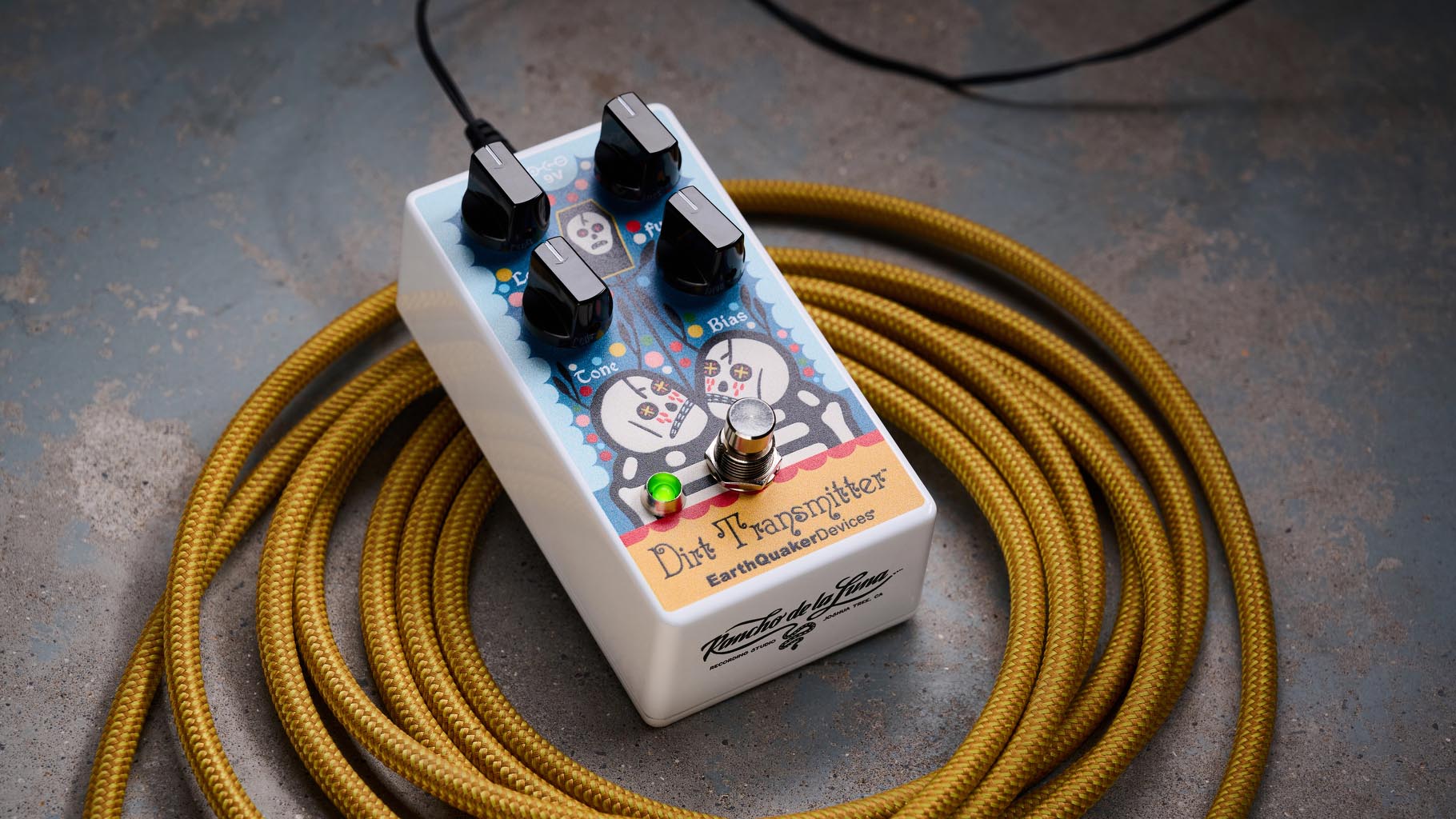
A common Fuzz Face methodology is to pin the Gain control at maximum, using the guitar’s volume control to roll the distortion up and down as desired. Set this way, the Dirt Transmitter puts out more than enough gain for most players, probably more than even a modern silicon Fuzz Face reissue. But that ‘clean-up’ is a prized characteristic among this family of fuzzes, so can this silicon circuit deliver the goods?
Yes, yes it can. EarthQuaker’s description of these transistors is no mere marketing bluster – the Dirt Transmitter cleans up like an absolute diamond, perfect for any player who’s used to running a fuzz this way. Then, turn the guitar back up to full, and enjoy surfing a wave of aggressive, Velcro-like fuzz with bucketloads of sustain. Joyous.
Verdict
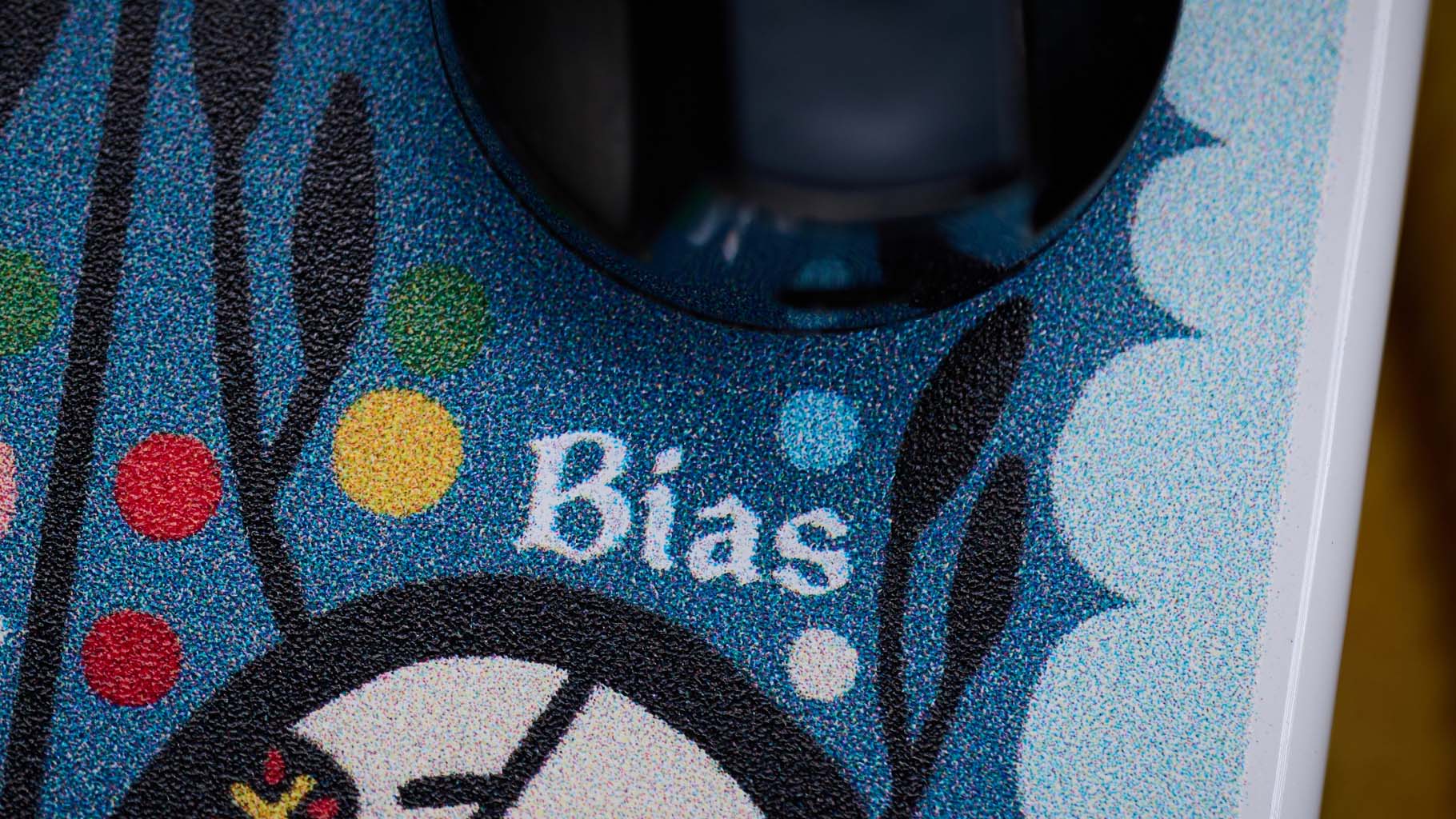
The Dirt Transmitter is a fantastic take on a classic circuit, boasting modern tweaks to make it more usable without ever compromising on its snarling vintage voice.
While it sits in the premium price bracket, it isn't notably expensive compared to similar fuzzes
While it sits in the premium price bracket, it isn't notably expensive compared to similar fuzzes.
And, of course, this latest run also ties in with a well-loved recording spot, featuring striking custom artwork to match. But even without that connection, it stands as a killer fuzz pedal, pure and simple.
MusicRadar verdict: If you're looking for an intelligently modified take on the beloved Fuzz Face, which offers enhanced usability and sonic shaping, the Dirt Transmitter is a superb choice. Especially in this limited-edition livery – dripping with California cool, and paying homage to a famed studio.
Test | Results | Score |
|---|---|---|
Build quality | A simple idea, executed well – with a caveat that the artwork may not be to all tastes. | ★★★★½ |
Usability | Sensitively modifying an iconic circuit in a way that puts both classic and avant-garde sounds in easy reach. | ★★★★★ |
Sounds | The searing gain and its ability to roll back into pristine low-gain sounds is a Fuzz Face hallmark, done to perfection here. | ★★★★★ |
Overall | Too-tier Fuzz Face sounds, with a twist, and a reasonable price to boot. | ★★★★½ |
Also try
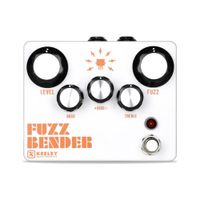
Keeley Fuzz Bender
Price $149/£159/€169
A high quality, similarly tweaked and adjustable version of the Tone Bender circuit which started it all.
JHS Legends of Fuzz Smiley
Price $152/£169
A more straightforward take on the silicon Fuzz Face, but with an extra JHS-developed modified mode.
Read more: A link to a review if applicable here
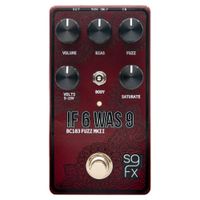
SolidGoldFX If 6 Was 9
Price $199/£199
If the Hendrix reference didn't make it obvious, this is another silicon Fuzz Face - but with even more biasing.
Hands-on videos
EarthQuaker Devices
Connor Flys is a guitarist and bassist for everything from modern country to extreme metal, and the self-styled "supermarket own-brand Steve Lukather" in an acclaimed UK-based Toto tribute band. He is also an utter gear obsessive - with an ever-growing collection of guitars and pedals, and a faintly unsettling knowledge of Ibanez model codes.
You must confirm your public display name before commenting
Please logout and then login again, you will then be prompted to enter your display name.
